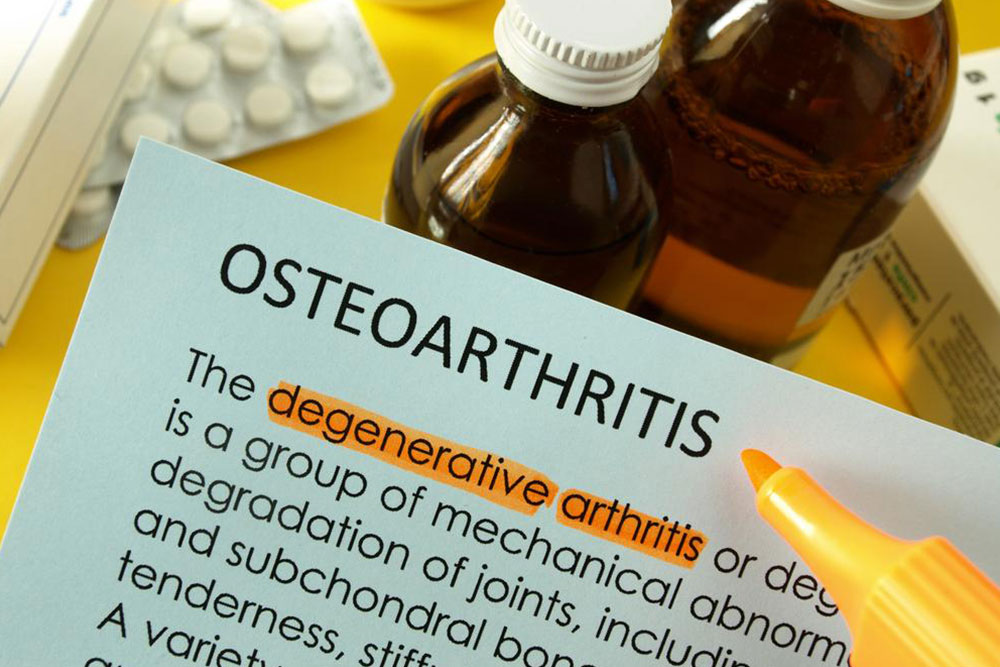Understanding Sciatica: Causes and Effective Treatment Options
Learn about the causes of sciatic nerve pain and explore effective treatments including medications, physical therapy, and alternative therapies like acupuncture and biofeedback. Find practical advice to manage and alleviate sciatic discomfort for improved well-being.

Understanding Sciatica: Causes and Effective Treatment Options
It might be surprising, but nearly 40% of people will experience sciatic nerve irritation or inflammation at some stage in their lives. The sciatic nerve originates from each side of the lower spine, passing through the pelvis and buttocks, then running down the back of the thighs to the knees, where it divides into branches reaching the feet.
What leads to sciatic pain?
Any condition that applies pressure to or irritates the nerve can result in significant discomfort in the buttocks and thighs.
The severity and nature of sciatic pain differ among individuals. It may present as a mild ache or a sharp, burning sensation causing intense discomfort. Symptoms can include tingling, numbness, or a burning feeling.
Available medications for sciatic pain
Several medications can alleviate sciatic discomfort, such as over-the-counter options like Aspirin, Acetaminophen, and NSAIDs including Ibuprofen, ketoprofen, and naproxen. However, healthcare providers caution against giving aspirin to individuals under 18 due to Reye’s syndrome risk. Muscle relaxants may help reduce muscle spasms, and antidepressants are sometimes prescribed for persistent back pain.
When pain is severe, doctors may prescribe stronger medications, including corticosteroid injections near the affected nerve area. These injections are particularly effective when compression from herniated or ruptured disks causes nerve irritation.
Complementary approaches for sciatic relief
Active movement is vital; bed rest is discouraged. Initially, certain positions and activities might feel more comfortable, but consulting a specialist for appropriate exercises and postures is essential. Physical therapy plays a crucial role in pain management and recovery.
Biofeedback
Biofeedback helps in controlling body functions like heart rate, blood pressure, and muscle tension using specialized equipment. By gaining awareness of these processes, individuals may better manage sciatic symptoms.
Acupuncture
This traditional technique involves inserting fine needles into specific points, aiming to balance energy flow. It can stimulate nerve activity, trigger chemical releases, and promote pain relief and overall well-being.
Important Notice:
Our website provides broad informational content across various categories for educational purposes. While our research and data aim to offer valuable insights, these articles should not replace professional medical advice. The site is not responsible for discrepancies or inaccuracies and may not include every available treatment option, so always consult a healthcare provider for personalized care.










